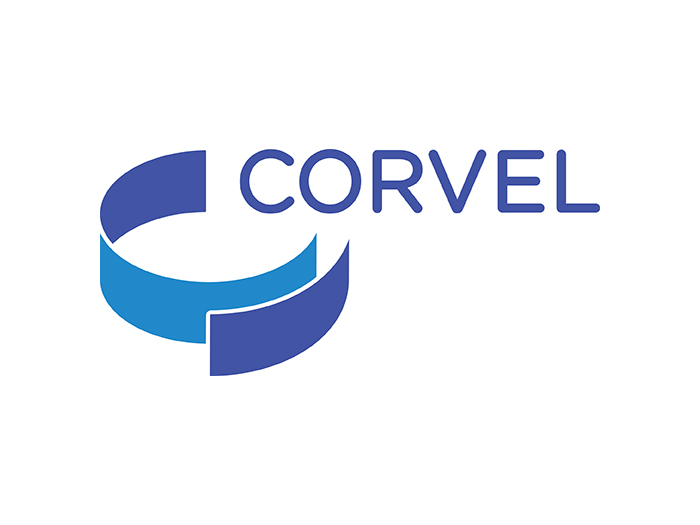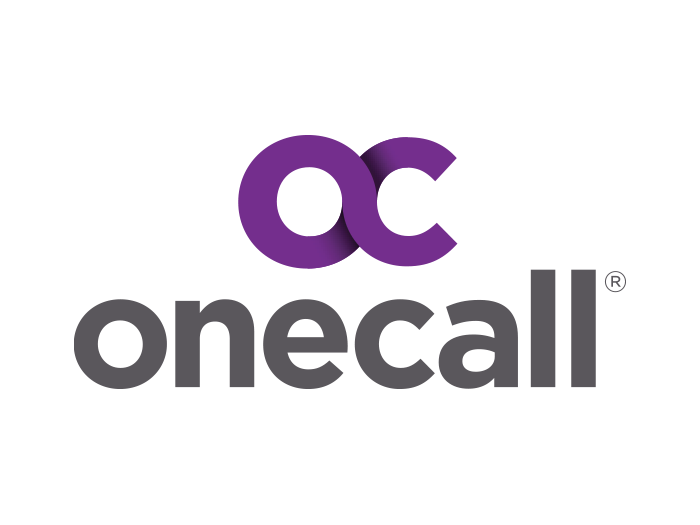Sponsored Content: Allied World
The Top 3 Things Risk Managers Can Do to Minimize the Impact of Potential Litigation

A bunk bed maker was hit with a $787 million verdict, after an Ohio jury decided they were at fault for the death of a two-year old who was caught between the top rung of the ladder and the bed.
This case, which was reported on by Bloomberg Law, is likely the highest wrongful death verdict the state has ever seen.
The story of record-breaking verdicts like this one has become commonplace. For the last ten to 15 years, nuclear verdicts (those over $10 million), have gone from being a rarity to a habitual occurrence. This trend of higher and higher awards is trickling down to small lawsuits as well.
“Cases that maybe should have settled for $100,000 are now settling for $300,000 or $400,000,” said Thomas Reed, Vice President of the North America Claims Group at Allied World.
Every sector — be it medical malpractice, product liability or any line involving personal injury — is being hit with these problems and it’s causing carrier appetites to shift. Insureds who once were able to build $100 or $200 million towers with several carriers, may need to work with a laundry list of insurers to ensure their liability coverage needs are met. As Reed put it, “It’s a heck of a lot more work to get the towers that you need.”
In this environment, risk managers should be taking every step possible to mitigate the impact of potential litigation. If they don’t, they could be in for a pretty terrible surprise when they reach trial: “Nobody wants to get hit with a $20 or $25 million, or even worse a $40 million verdict, especially when no one was anticipating it because that wasn’t what traditionally was the value of a certain case,” Reed said.
Here are three tips designed to help your company avoid this fate.
1) Be Prepared to Defend Against Plaintiffs’ Bar Tactics

Thomas Reed, Vice President of the North America Claims Group at Allied World
One key way in which insureds can protect themselves from nuclear verdicts is through understanding how the plaintiffs’ bar is operating. During a trial the attorney on the other side of the aisle will try to exploit people’s mistrust of companies in order to get a higher verdict. Seventy-one percent of Americans have a negative view of big corporations, a 2022 Pew Research Center poll found, making this a particularly fruitful strategy for litigators.
“People distrust corporations,” Reed said. “It feeds off of these other social inflation factors.”
In addition to taking advantage of corporate mistrust, plaintiffs’ attorneys will target a jury’s fear.
“Some call it the reptile theory,” Reed explained. “An attorney will focus the jury’s attention on their anger or their fear and not on the facts of the case.”
With these tactics in mind, when a business investigates an accident or injury, it should be done objectively to minimize any attempt by the plaintiffs’ bar to twist an investigation’s findings into an admission of fault. If an investigation is undertaken as part of a privileged process, such as the attorney-client privilege or the peer review privilege in the healthcare setting, then care should be taken to ensure the investigation is conducted consistent with the privilege’s requirements.
“The plaintiffs’ bar, as part of the reptile theory approach to litigation, aims to highlight and point out statements from the business indicating they knew what was going on or they ignored certain things. Any statement that they can use against the business is a goldmine for them,” Reed said.
“It’s important that the plaintiffs’ bar doesn’t have something that they can really grab onto to throw at the jury.”
2) Have a Standard Process for Preserving Documents and Conducting Investigations
If a lawyer can show that a company mishandled documents or conducted an improper investigation, they’ll argue that the jury should be suspicious of their actions. It could make the company look culpable even if it did nothing wrong.
“We already know that people are mistrustful of corporations and businesses, and it gives them a mechanism to really exploit that angle,” Reed said. “They’ll try and use that as fuel.”
Risk managers need to preserve any and all records of potentially litigious claims. Digital files, damaged products — anything that could be considered evidence — needs to be carefully handled. If not, the plaintiffs’ attorney may allege spoliation, the intentional or negligent withholding or destruction of evidence.
Even a seemingly reasonable action — say, deleting company files or emails that are over five years old, or repairing a damaged scooter someone returned — could allow an attorney to argue spoliation of evidence if you don’t back up the files or take photos to document the damage.
“If you don’t maintain records or have procedures for disposing of them, they may claim that you spoiled the evidence,” Reed said. “Whether there was actual spoliation doesn’t stop a plaintiff’s attorney from alleging it, or for trying to pursue it and at least throw it out there to taint a jury’s impression of the company.”
3) Communicate Early and Often with Your Carrier
Perhaps the most valuable step risk managers can take to protect themselves against litigation risk is contacting their insurance carrier the moment they suspect an issue might lead to litigation. If you receive an email or letter where someone threatens to sue, or even if someone expresses dissatisfaction with how a situation was handled, it’s time to call your carrier. “You can’t be too careful in this day and age,” Reed said.
Not only can carriers offer valuable advice about document preservation and how to properly conduct investigations, they can also guide insureds through what experts and attorneys they should work with on a particular case. “The more perspectives we can get on this process, the better,” Reed said. “Having another set of eyes can potentially help out on the matter.”
Choosing the right defense team is critical given how regional variances and local trends can affect claims. Some jurisdictions once known for lower verdicts are starting to follow national trends, with jury awards creeping higher and higher. Jurisdictions that have traditionally generated moderate, predictable verdicts and settlements, such as Iowa or Idaho, may no longer be a haven of sorts with low verdicts. The right legal counsel will know that and be able to advise on those trends. Other defense lawyers may have experience arguing against a particular plaintiffs’ attorney and can provide insight into how they operate.
“If we need to retain somebody who has a particular expertise, either perhaps dealing with a plaintiffs’ attorney or due to the subject matter of a certain kind of case, we’ll bring them in,” Reed said. “Given how high verdicts are and the values of these cases, you have to make sure you have the right team in play.”
Selecting a Carrier with Deep Litigation Expertise
It’s important to select a carrier who can guide you through the litigation process and offer guidance on how to reduce the potential for high jury verdicts. For example, the claims team at Allied World has decades of experience helping clients navigate claims. They pay close attention to legal trends and are prepared to advise insureds on a variety of challenges, no matter the line. Casualty, medical malpractice, management liability, product liability — the team has the expertise to manage it all.
“We see everything going on,” Reed said. “We know what the trends are, we know what’s occurring and we know how these cases are being valued in other areas.”
A large portion of the claims team is made up of former attorneys, giving them unique insight in how to best prepare for litigation. Many of them have over 25 years of experience working in their line of business. This specialized expertise is invaluable when it comes to defending claims.
“Most of them are going to be attorneys and most of them will have practiced in that area that they are actually now handling claims,” Reed said. “Many of them defended, negotiated, and tried them in very challenging venues.”
The relationship between Allied World and its insureds can be summed up in one word: partnership. The company is committed to working with its insureds, helping them navigate claims and ensuring they have the best resources possible.
“We are on the same team as our insureds,” Reed said. “We’re all in it to try and get the best resolution possible.”
To learn more, visit: https://awac.com/
Coverage will be underwritten by an insurance subsidiary of Allied World Assurance Company Holdings, Ltd, a Fairfax company (“Allied World”). Such subsidiaries currently carry an A.M. Best rating of “A” (Excellent), a Moody’s rating of “A2” (Good) and a Standard & Poor’s rating of “A” (Strong), as applicable. Coverage is offered only through licensed agents and brokers. Actual coverage may vary and is subject to policy language as issued. Coverage may not be available in all jurisdictions. © 2023 Allied World Assurance Company Holdings, Ltd. All rights reserved.
This article was produced by the R&I Brand Studio, a unit of the advertising department of Risk & Insurance, in collaboration with Allied World. The editorial staff of Risk & Insurance had no role in its preparation.










